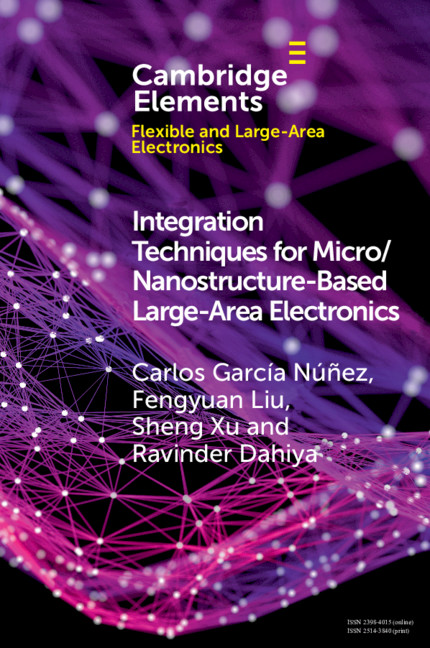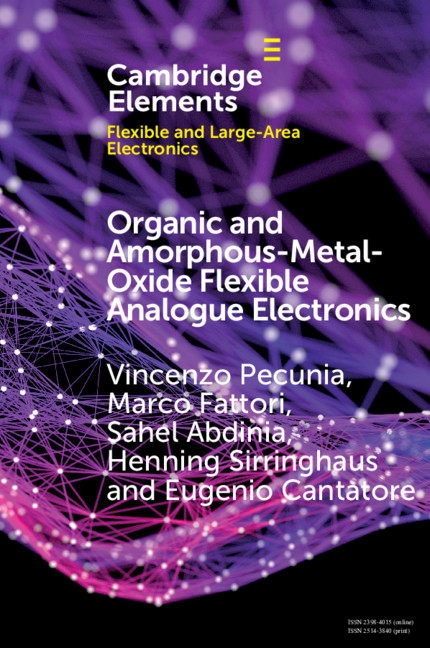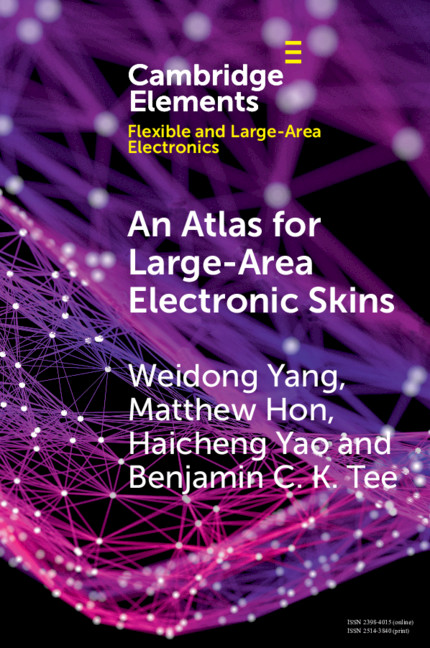Integration Techniques for Micro/Nanostructure-based Large-Area Electronics
Advanced nanostructured materials such as organic and inorganic micro/nanostructures are excellent building blocks for electronics, optoelectronics, sensing, and photovoltaics because of their high-crystallinity, long aspect-ratio, high surface-to-volume ratio, and low dimensionality. However, their assembly over large areas and integration in functional circuits are a matter of intensive investigation. This Element provides detailed description of various technologies to realize micro/nanostructures based large-area electronics (LAE) devices on rigid or flexible/stretchable substrates. The first section of this Element provides an introduction to the state-of-the-art integration techniques used to fabricate LAE devices based on different kind of micro/nanostructures. The second section describes inorganic and organic micro/nanostructures, including most common and promising synthesis procedures. In the third section,different techniques are explained that have great potential for integration of micro/nanostructures over large areas. Finally, the fourth section summarizes important remarks about LAE devices based on micro/nanostructures, and future directions.
Product details
November 2018Adobe eBook Reader
9781108576475
0 pages
24 b/w illus.
This ISBN is for an eBook version which is distributed on our behalf by a third party.
Table of Contents
- 1. Introduction
- 2. Nanostructures
- 3. Large-area printing and integration
- 4. Conclusions.




